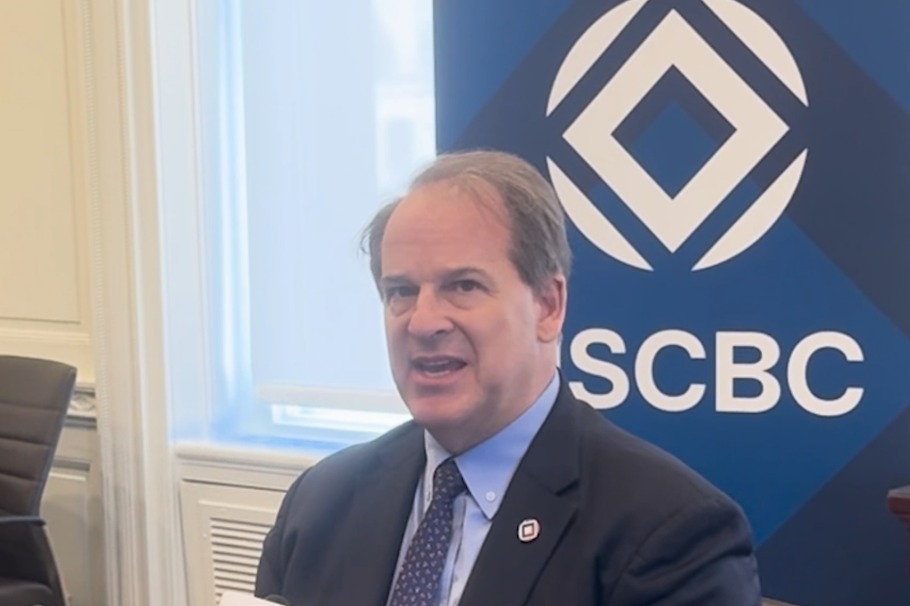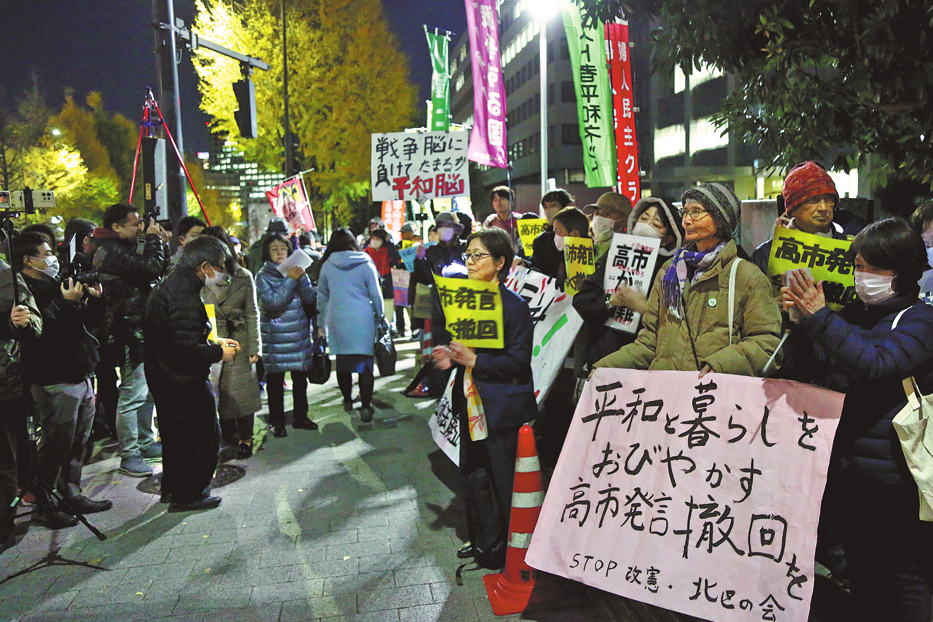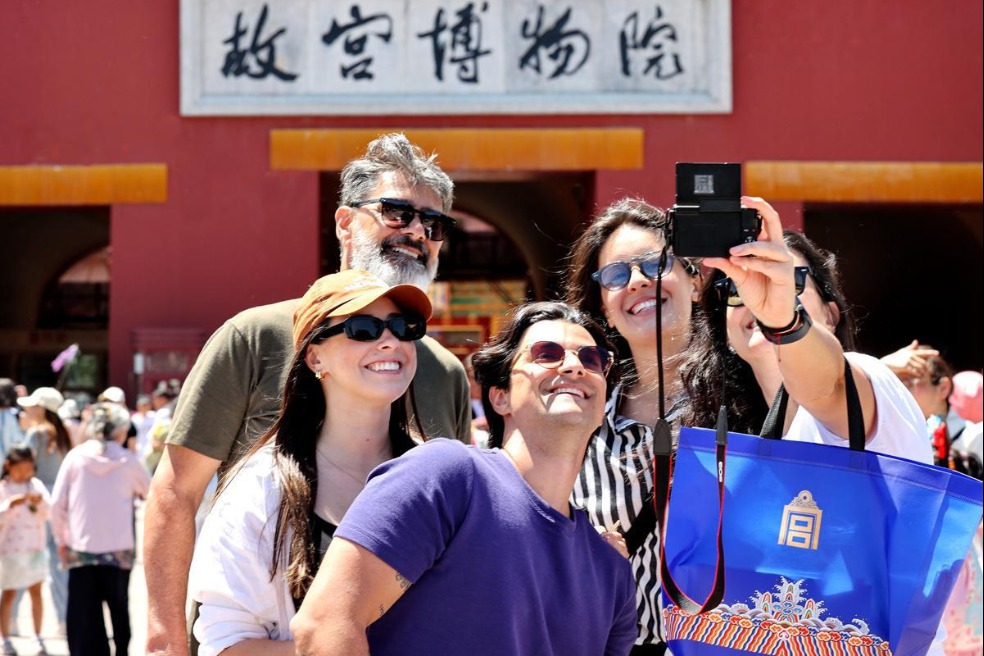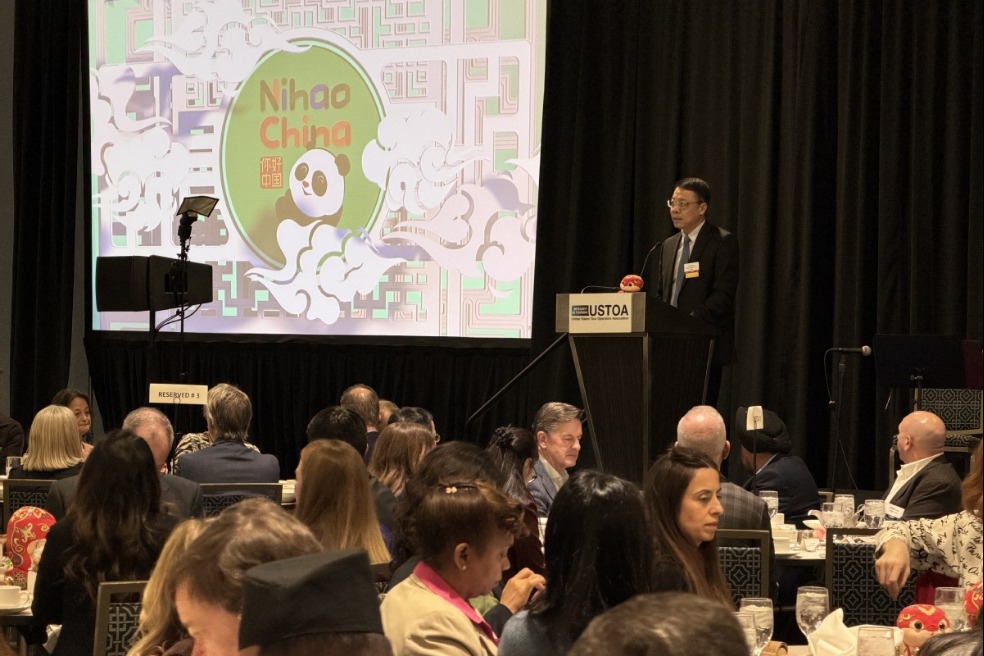Two-way approach sees trade routes flourish

"When I first saw it, I felt let down," Wei said. Instead of the hustle and bustle of a flourishing commercial and industrial project, there were just three small companies and a few factories.
He considers the zone a flagship project in production capacity cooperation between China and Egypt.
"Production capacity cooperation is an important part of the Belt and Road Initiative, which has created win-win outcomes in the two countries," Wei said.
Thanks to the zone, Egypt's industrialization has advanced. One example is that the North African country has become a major global fiberglass maker.
Egypt did not have a fiberglass industry until Chinese company Jushi, reportedly the largest fiberglass company in the world, built its production lines in the zone six years ago.
"A well-managed economic and trade cooperation zone injects strong vitality into Egypt's economic growth," Wei said. "It helps create jobs and tax revenues, and in turn promotes the overall development of the country."
Behind the friendly people-to-people exchanges is China-Arab cooperation led by summit diplomacy.
President Xi Jinping visited Saudi Arabia and Egypt in January 2016. When he visited the headquarters of the Arab League during the trip, he proposed ideas and strategies for China-Arab cooperation in the new era.
Meanwhile, leaders of Arab states have visited China frequently in recent years to plan strategic cooperation with the country.
Friendly cooperation between China and Arab countries has withstood the test of time, said Zhu Weilie, director of the Center for China-Arab States Cooperation Forum Studies at Shanghai International Studies University.
































